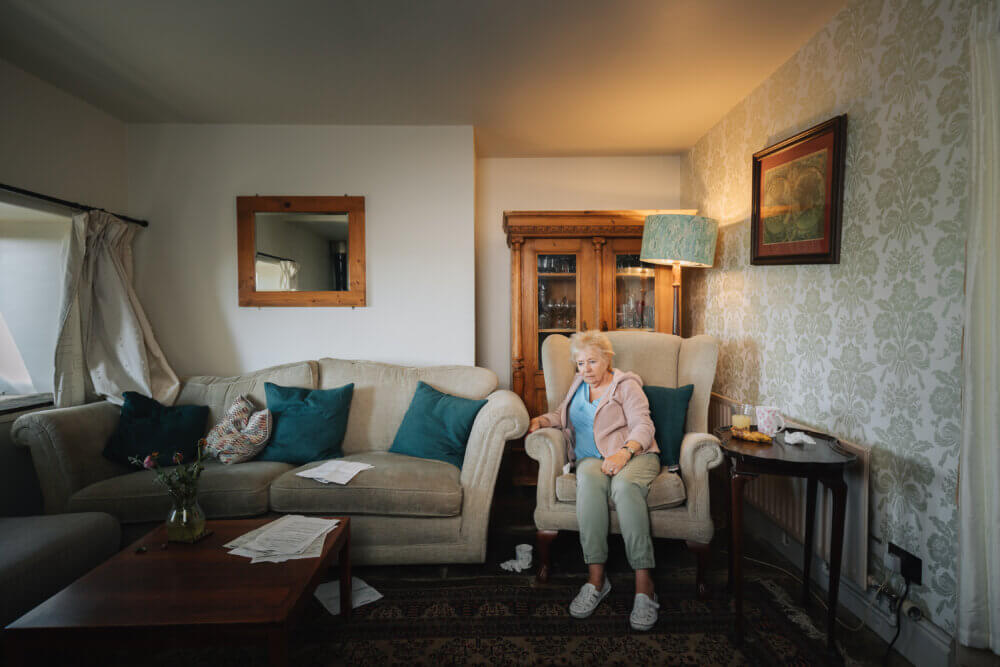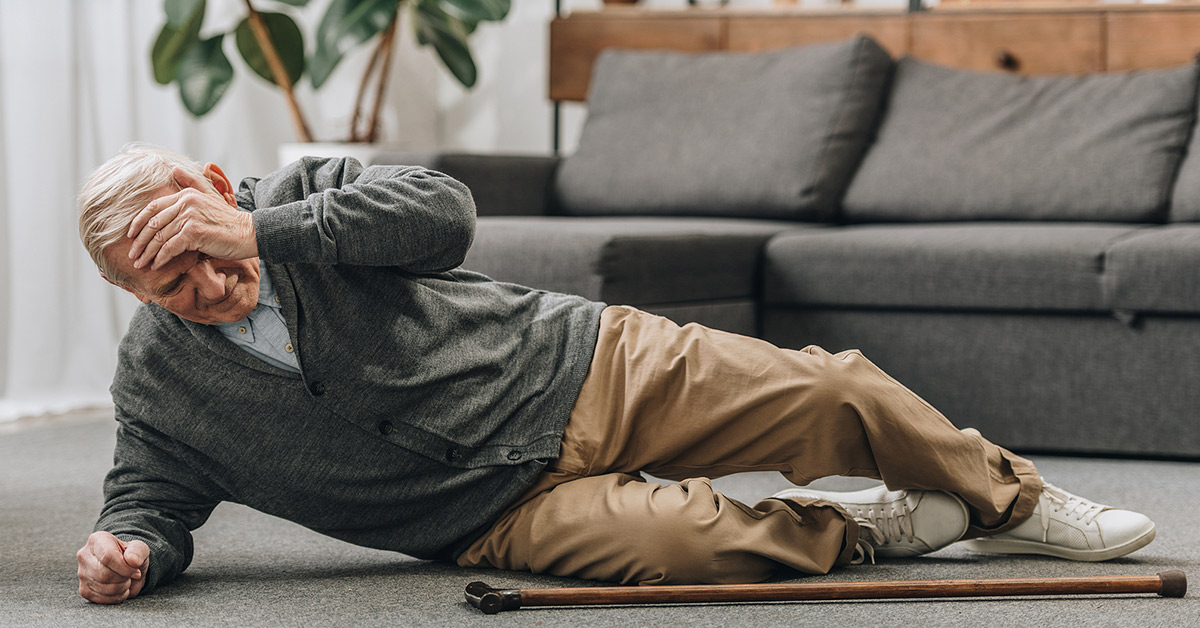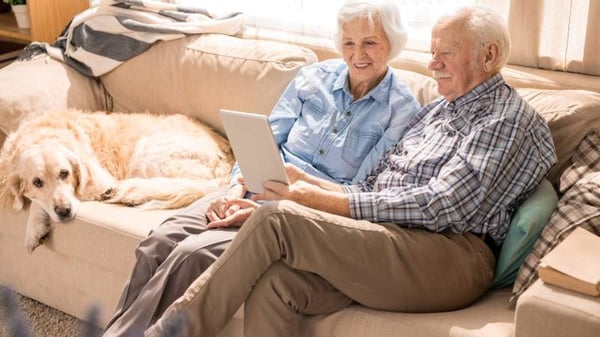In today’s rapidly advancing world, ensuring the safety and well-being of our senior loved ones is more crucial than ever. However, the idea of constant surveillance can feel intrusive and may not always be the best solution. For those wondering how to monitor seniors without cameras, this article will explore various approaches that maintain privacy while ensuring safety.

Understanding the Need for Monitoring
As individuals age, their ability to perform daily activities can decline. This is why monitoring becomes essential. It allows family members and caregivers to provide support when needed, reducing the risk of accidents and ensuring that seniors maintain a good quality of life.
Challenges of Using Cameras
While cameras can be an effective monitoring tool, they come with their own set of challenges. Privacy concerns are at the forefront, as constant video surveillance can feel invasive. Additionally, cameras may not capture everything, such as changes in physical health or emotional well-being.
Privacy Concerns
One of the main reasons families seek to learn how to monitor seniors without cameras is to preserve the privacy and dignity of their loved ones. It’s important to strike a balance between safety and personal freedom.
Limitations of Cameras
Cameras cannot always capture subtle signs of distress or changes in behavior. They might miss critical cues that indicate a need for intervention.
Alternatives to Camera Surveillance
There are several methods to ensure the safety of seniors without resorting to cameras. These methods utilize technology and human interaction, focusing on a more holistic approach to care.
Wearable Technology
Wearable devices such as smartwatches or medical alert systems can track vital signs, detect falls, and send alerts to caregivers. These devices provide real-time data without compromising privacy.
Smart Home Devices
Smart home technology can be integrated to monitor the daily activities of seniors. Motion sensors, smart lights, and voice-activated devices can provide insights into their routines and alert caregivers to any irregularities.
Regular Check-ins
Scheduling regular phone calls or visits is another effective way to monitor seniors. This human interaction not only ensures their well-being but also provides emotional support.
Community Support
Engaging community resources can be a valuable asset in monitoring seniors without cameras. Local community centers and senior programs offer activities and social interaction, contributing to physical and mental well-being.
Volunteer Programs
Many communities have volunteer programs where individuals check in on seniors. This can be a great way to ensure they have regular contact with the outside world.
Local Organizations
Local organizations often offer services designed for the elderly, such as meal delivery and transportation, which can be integrated into an overall monitoring plan.
The Role of Family
Family plays a critical role in monitoring the well-being of seniors. By maintaining open lines of communication and fostering a supportive environment, families can ensure their loved ones feel cared for and valued.
Communication Strategies
Effective communication is key. Using clear and respectful language can help maintain trust and openness between seniors and their family members.
Family Involvement
Involving family members in care decisions helps create a support network that can address any needs or concerns quickly and efficiently.
Technology-Assisted Monitoring
While avoiding cameras, technology still plays a significant role in monitoring seniors. Devices that track health metrics, medication reminders, and emergency response systems can be crucial components of a senior care plan.
Health Monitoring Devices
Devices like blood pressure monitors and glucose meters can provide critical health data that family members and healthcare providers can access.
Emergency Alert Systems
Emergency alert systems can provide an immediate response in case of an accident or health emergency, ensuring that help is always a button press away.
Legal and Ethical Considerations
When exploring how to monitor seniors without cameras, it’s vital to consider the legal and ethical implications. Ensuring all parties understand and consent to the monitoring methods chosen is essential.
Consent
Gaining consent from seniors is crucial when implementing any monitoring system. This ensures they are comfortable with the methods used and aware of their purpose.
Legal Requirements
It’s important to be aware of any legal requirements or restrictions related to monitoring in your area to avoid potential issues.
The Future of Senior Monitoring
As technology evolves, more innovative solutions will emerge to assist in the care and monitoring of seniors. These advances promise to enhance the quality of life for the elderly while respecting their privacy.
Emerging Technologies
From artificial intelligence to advanced health monitoring systems, the future holds exciting possibilities for improving senior care.
Improved Quality of Life
With the right tools and strategies, seniors can enjoy more independence and a higher quality of life, knowing they are safe and supported.
Conclusion
Understanding how to monitor seniors without cameras is crucial for maintaining their dignity and privacy while ensuring their safety. By utilizing technology, community resources, and family support, we can create a comprehensive care plan that meets the needs of our aging loved ones.

FAQ
What are the benefits of monitoring seniors without cameras?
By avoiding cameras, seniors can enjoy greater privacy and dignity. Alternative methods focus on maintaining safety while respecting personal boundaries.
How can technology help in monitoring seniors?
Technology offers various tools, such as wearable devices and smart home systems, which provide real-time data and alerts to caregivers without being intrusive.
Are there legal considerations for monitoring seniors?
Yes, it’s important to understand legal requirements and obtain consent from seniors before implementing any monitoring systems to ensure compliance and respect for their rights.
This article contains affiliate links. We may earn a commission at no extra cost to you.






